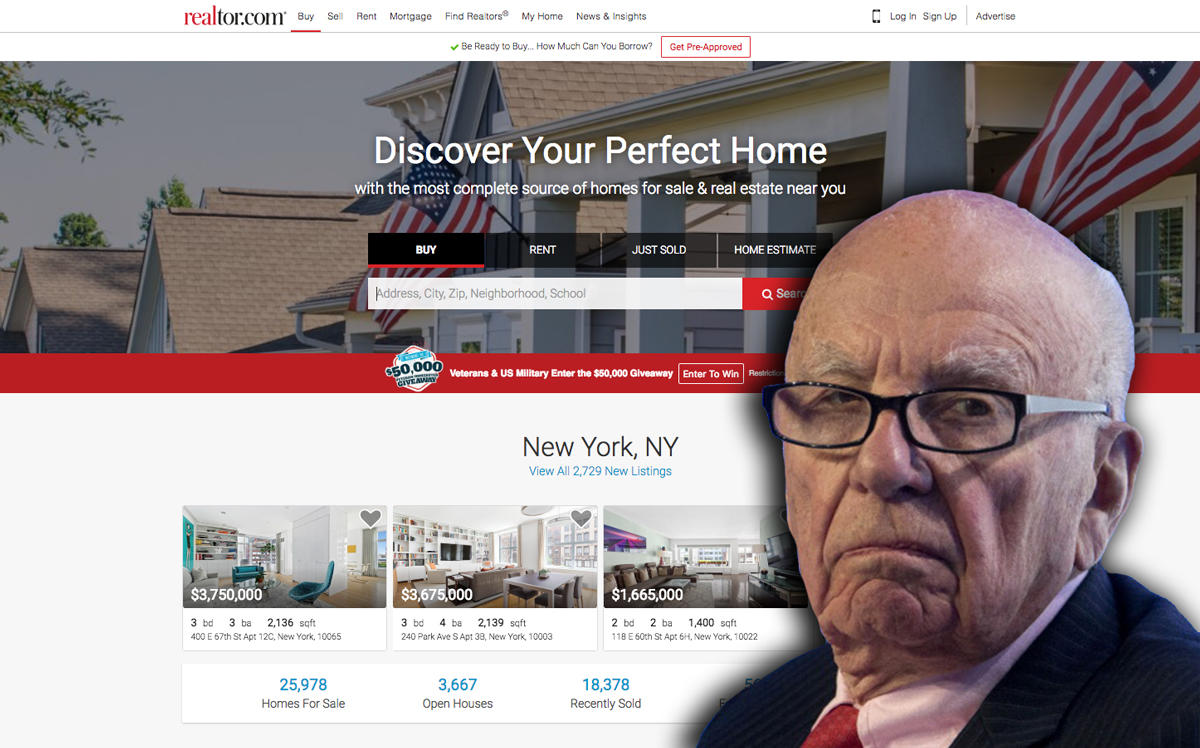Trending
Rupert Murdoch’s Realtor.com rolls out NYC-specific filters
News Corp. subsidiary wants the market share, but lacked adequate search functions

When Realtor.com made its push into New York City last year, the Rupert Murdoch-owned site quickly encountered a fundamental problem: wonky listings.
A year later, the company said it is rolling out a slew of new search filters that will let users discern between condos and co-ops, building amenities and no-fee rentals — intricacies of the market it previously missed.
“We definitely were aware that there are nuances in this marketplace that we had to address,” said Ninve James, a vice president of business development and sales at Move, Inc., a subsidiary of News Corp., who heads up Realtor.com’s operation in New York. “But we’ve had our sleeves rolled up and our heads down working to improve.”
The new search function will go live by the end of the month, about a year after Realtor.com accelerated its drive to capture market share from StreetEasy and Zillow, its main rival nationwide.
Despite StreetEasy’s stronghold in New York, Realtor.com sensed an opening last year when the StreetEasy began to further monetize its portal. As several brokerage firms opted to stop feeding data automatically to StreetEasy, Realtor.com swooped in.
The company was one of the first vendors to accept the Real Estate Board of New York’s syndicated listing feed, which StreetEasy does not accept. (The Real Deal also plans to launch the REBNY listings feed.)
In January, Realtor.com rolled out ads boasting that it had 20 percent more listings than the Zillow-owned site.
But even then, a cursory search of its for-sale properties turned up duplicate listings, rentals, homes in upstate New York and even a houseboat.
In addition to searching by property type, buyers and renters will soon be able filter based on amenities. Information about public transit will appear on each listings, along with maintenance costs and common charges for sales listings. “Those are things that are super important to someone who’s looking to buy in New York,” James said.
According to James, filtering the information wasn’t hard — but mapping the data was a heavy lift that’s taken time.
“This is just the start,” said James. “We’re here to stay.”




